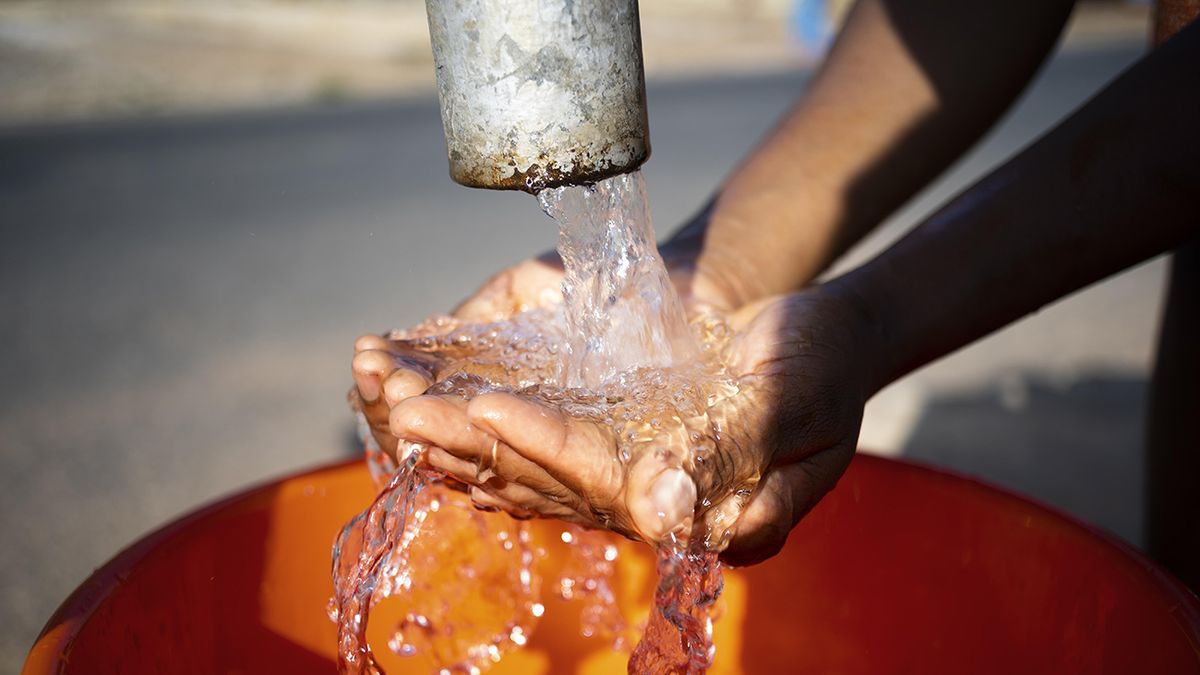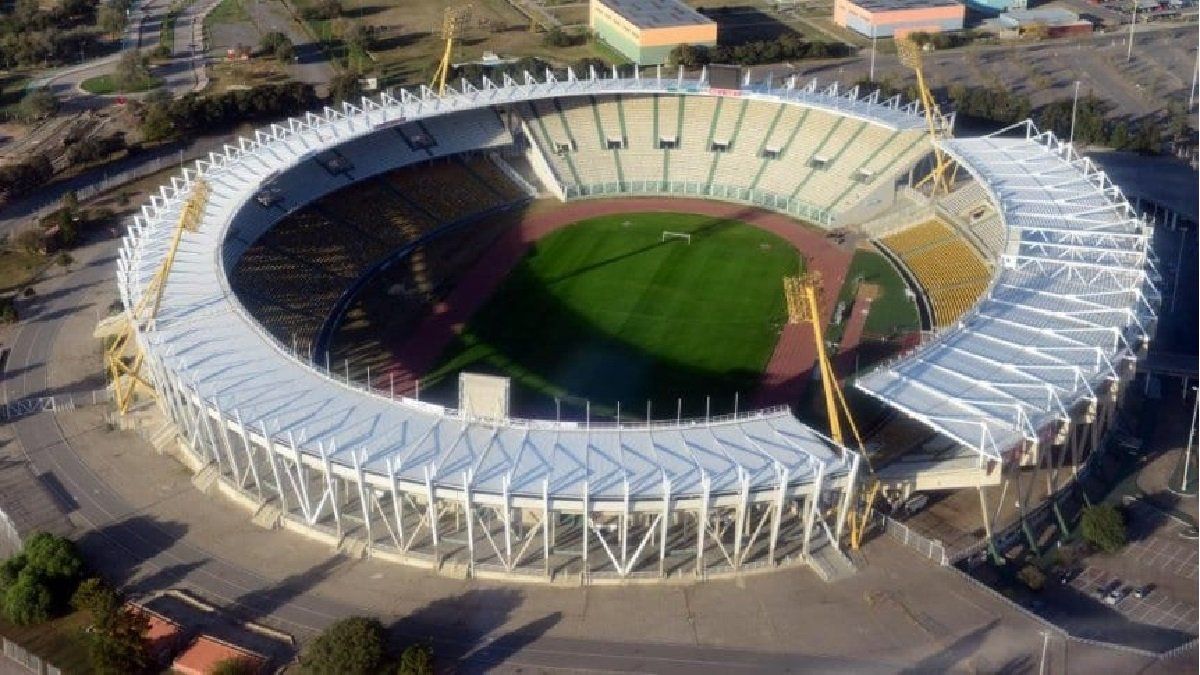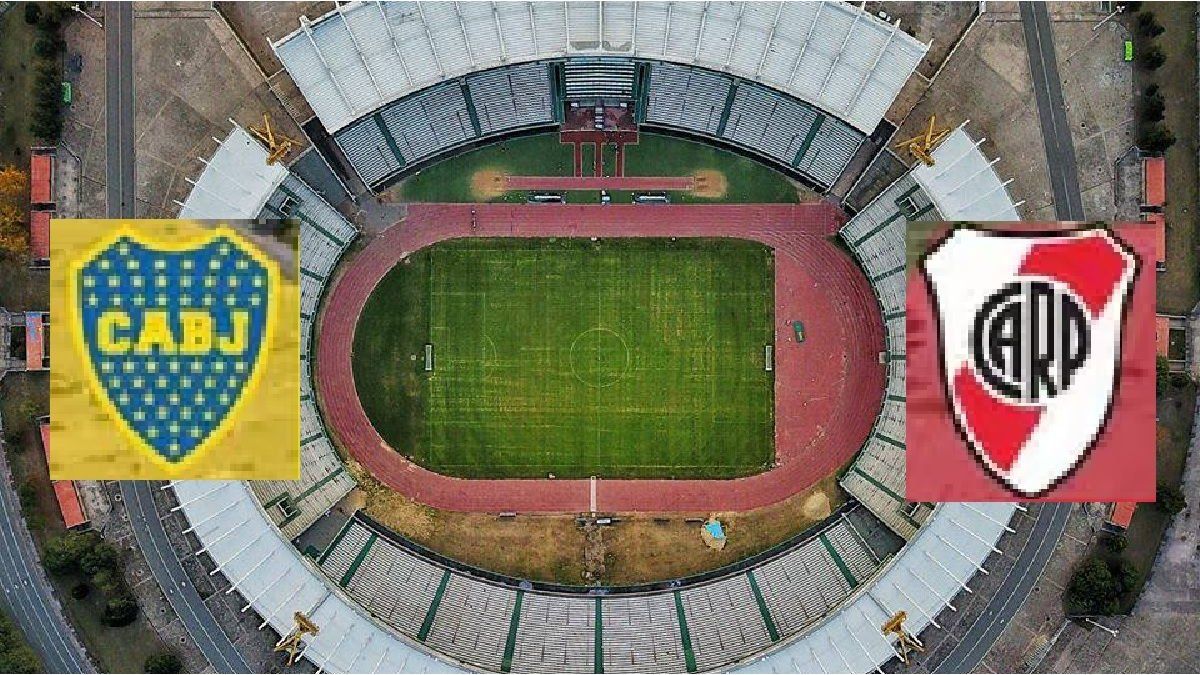The increase in salinity in the water, the dry basins of the metropolitan area, emergency works in the Santa Lucía river, government measures with superficial solutions and the tripled consumption of bottled water are some of the consequences of the worst drought in a century in he Uruguay.
At the end of last month, the National Administration of State Sanitation Works increased the proportion of sodium in the water from 200 milligrams per liter to 280 mg/L, while chloride went from 280 mg/L to 450 mg/L. However, on May 6, the Ministry of Public Health (MSP) authorized a new increase in the measurements, which went to 400 mg/L and 700 mg/L respectively. It was there that the government began desperate measures due to the drought in the basins and the consumption of bottled water began to triple.
Uruguay is waiting for rains that are sufficient to alleviate the shortage of drinking water that the metropolitan area currently suffers. In the last rains, the Uruguayan Institute of Meteorology (Inumet) reported that between Friday of last week and Saturday, the Santa Lucía basin received 2 millimeters of water, while between Saturday and Sunday the record was 0 mm. On the other hand, it did not rain at the OSE intake of Aguas Corrientes, which supplies the metropolitan area and Montevideo.
desperate works
Last Friday the construction of a new emergency dam began on the Santa Lucía river on the Belastiquí pass10 kilometers from the plant of running waters – the one in charge of supplying the metropolitan area – and which seeks to guarantee the mixture of fresh and salt water.
The dam seeks to mix the waters of the Santa Lucía river – which provides fresh water – with that of the Rio de la Plata – which provides salty water – in order to temporarily solve the minimum levels of the Paso Severino dam. An official statement from OSE establishes that the objective “is create a water reservoir from the Santa Lucia River between both dams”.
Government measures and an unusual question of centimeters
One of the measures taken by the government was the purchase of a desalination plantwhich would provide immediate solutions to the lack of drinking water in the metropolitan area. The government’s intentions were for the machinery to arrive these days on the Hercules plane from Houston, but there was an unexpected inconvenience.
However, the bad news came from the American city, when they confirmed that the plant did not enter the Hercules plane. “By 15 centimeters apparently it does not enter the Hercules”, Delgado specified at a press conference.
According to the Secretary of the Presidency, the first measures sent by the company indicated that the machinery would enter the plane. However, the company adjusted the measurements, causing the Hercules to be small. Given this, Delgado assured that the machine is in the country “In a few weeks”.
The bottled water dilemma
This Monday, the Secretary of the Presidency, Alvaro Delgadoinformed the press that the Ministry of Economy authorized the purchase of imported bottled water with tax exemption, exceptionally due to the current situation. Delgado established that those who buy bottled water they will be exonerated from the consult fee and the one corresponding to Technological Laboratory of Uruguay (LATU).
To this is added that the Consumer Defense Unit of the Ministry of Economy and Finance (MEF) will begin to publish a weekly price comparison of bottled still water in Uruguay, with the aim that the population can monitor the values.
This decision corresponds to an increase in the consumption of bottled water that tripled in year-on-year terms so far in May, according to a report from the company Scanntech.
A historic drought, huge economic losses
Among the material losses due to the drought and those that are still no more than projections —but that will materialize over the weeks—, the Ministry of Livestock, Agriculture and Fisheries (MGAP) calculate an economic impact of at least $1.8 billion from the drought. The physical decrease in production is the main reason behind this figure, which is known to continue to increase as crops are processed and a clearer picture of livestock results is available.
Because of this, the country is expected to grow even less than expected during 2023. For the Minister of Economy and Finance (MEF), Azucena Arbelechethe increase Gross Domestic Product (GDP) for this year it will be a modest 2%, almost 3 points less than last year (5.9%), mostly as a consequence of the effects of the drought.
For his part, also State Insurance Bank (BSE) experiences in the water deficit the biggest accident since the existence of the banking entity, as they described it. From the organism they foresee losses between 80 and 90 million dollars for him payment of agricultural policiesactivated against the damage caused by drought.
The BSE has 60% of the rural insurance in the entire market, which is why they will be the main backers for a sector hit hard by the lack of water.
Source: Ambito




